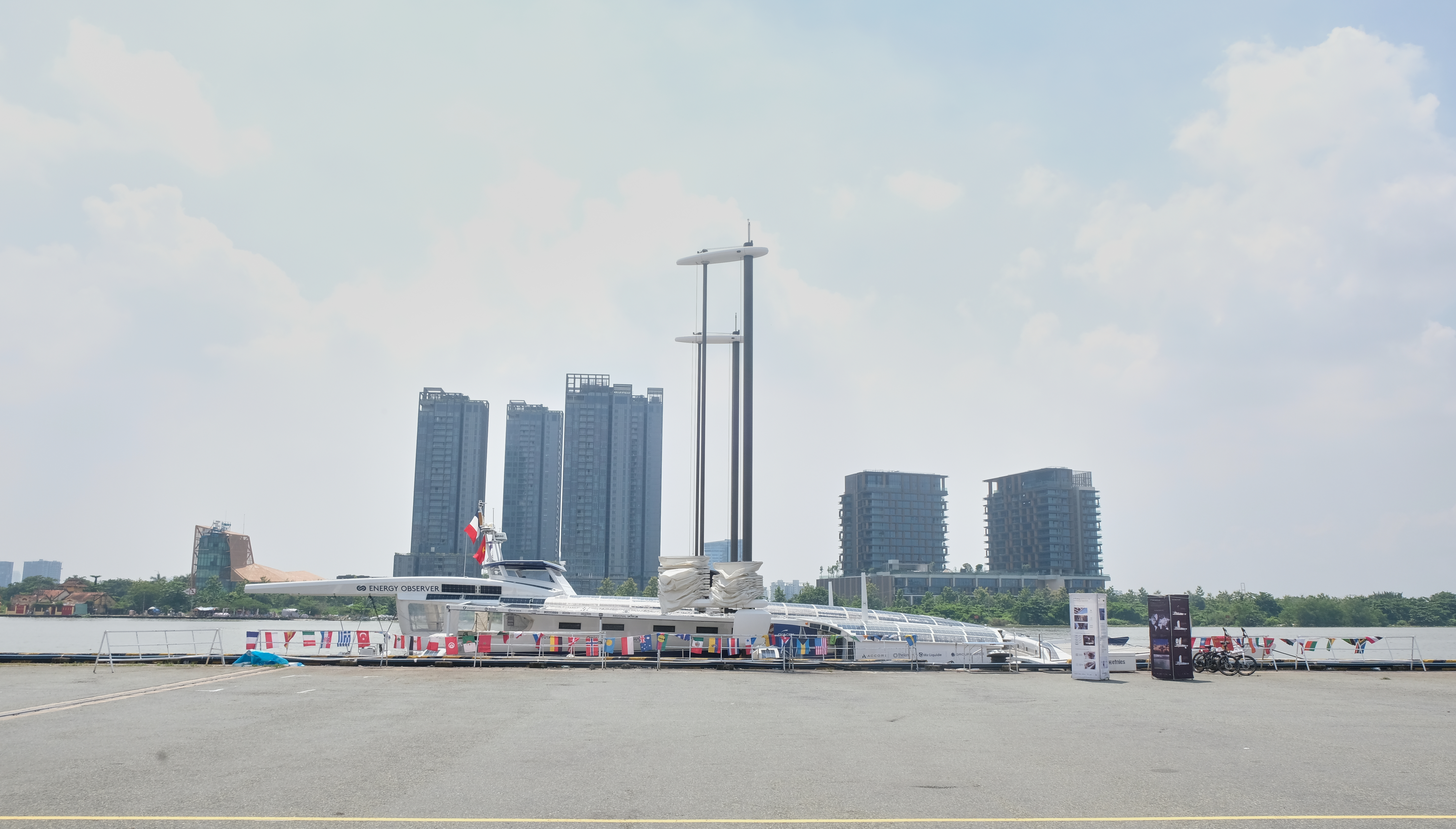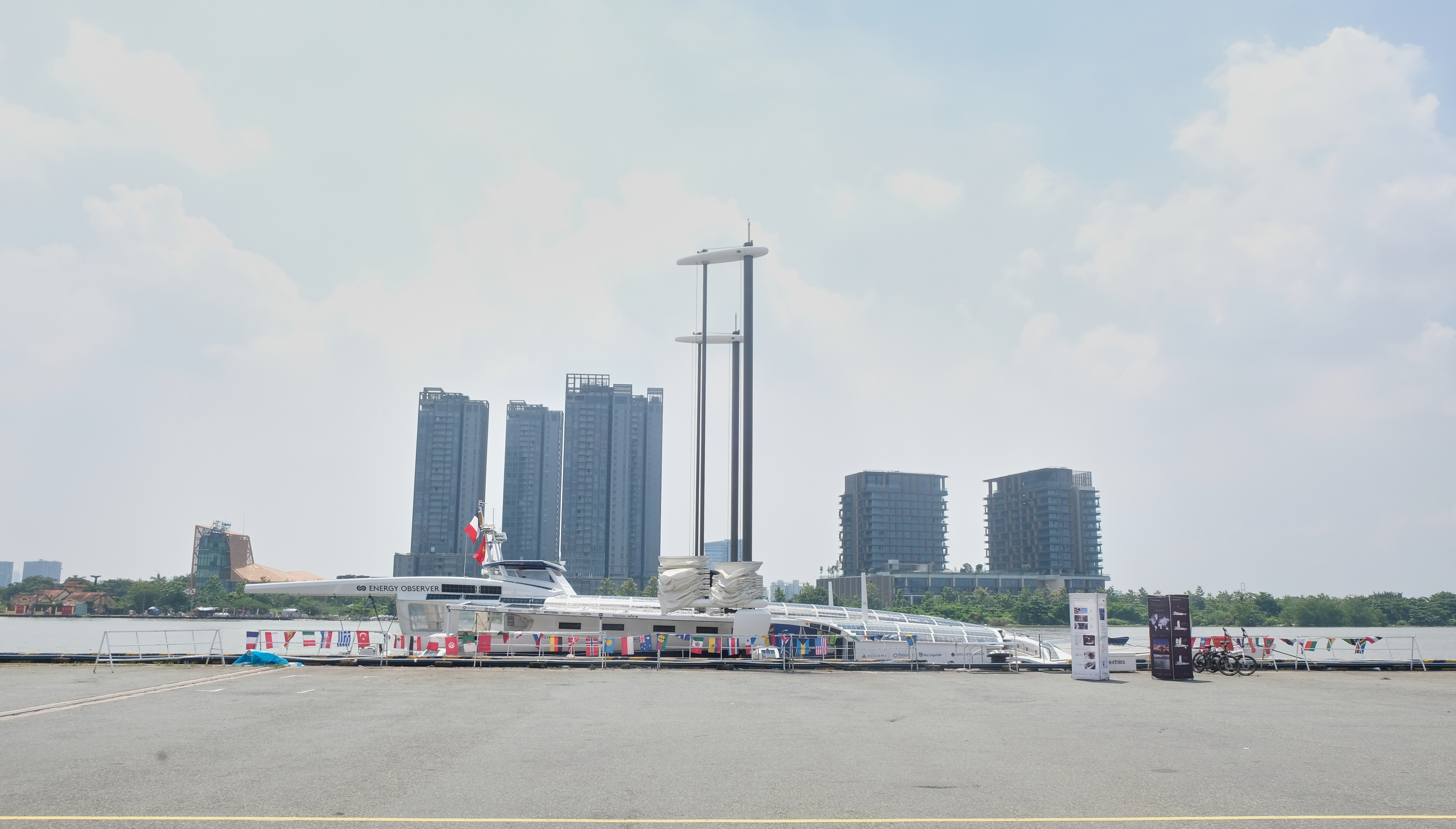After leaving Singapore, Energy Observer stopped in Vietnam, the ship’s 73rd and final destination in Southeast Asia. With the aim of researching and inspiring sustainable energy research, the Energy Observer crew introduced the autonomous zero-emission system to hundreds of visitors.
Energy Observer is the world's first autonomous, zero-emission hydrogen ship, powered by three sources of energy: solar, seawater, and wind. It has circled the Earth for more than five years without refueling.
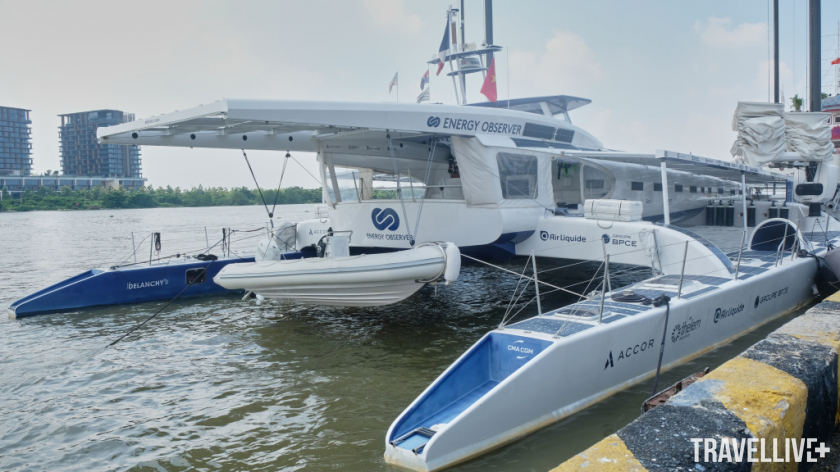
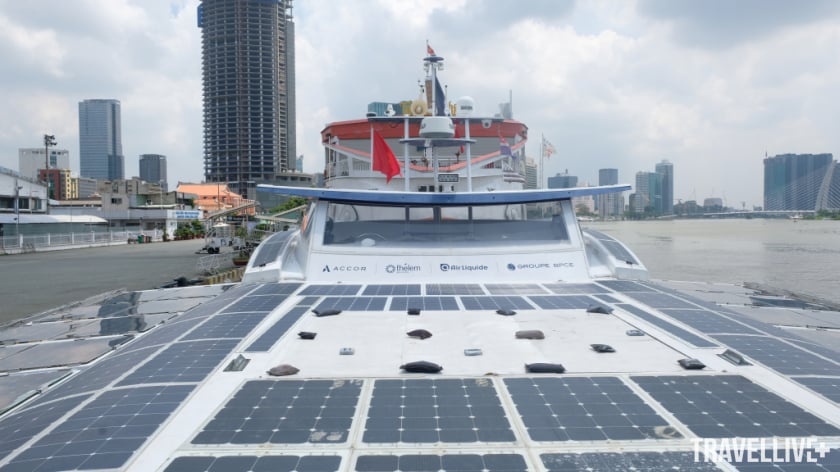
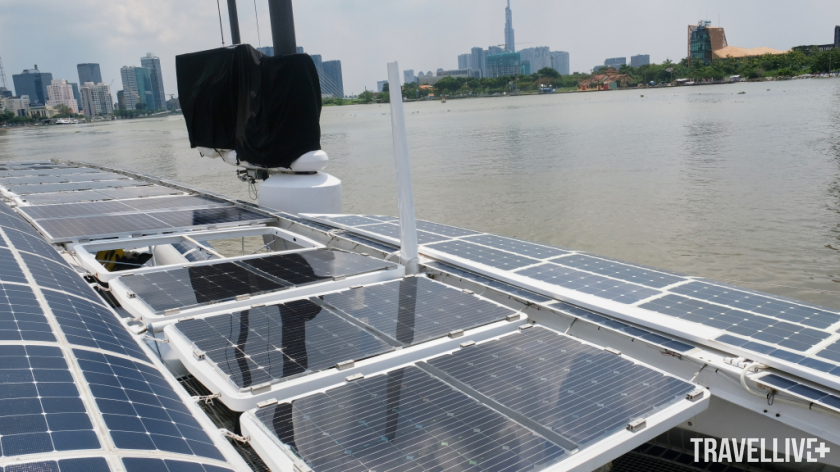
The Energy Observer has a unique design. It was upgraded from a legendary catamaran, which was the sailing ship that won the round-the-world race with Sir Peter Blake. The Energy Observer has a double-hull design that reduces water resistance. The ship is 30 m long, 12 m wide, and can reach a maximum speed of 14 knots.
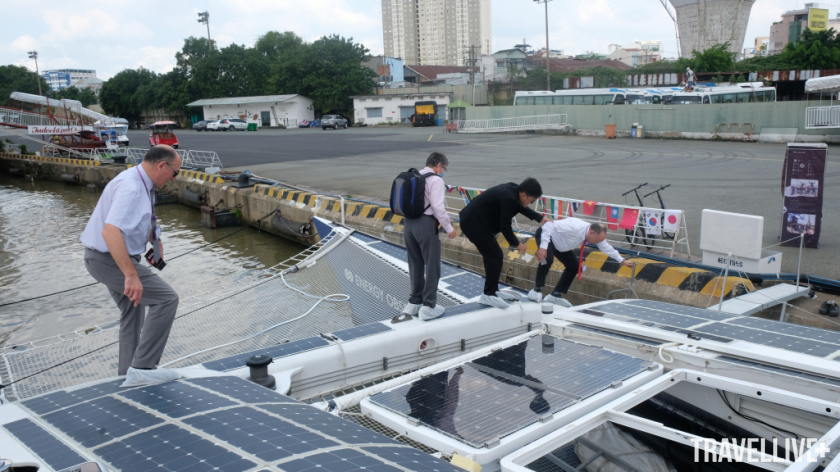
There are a total of more than 200 solar panels placed throughout the ship to receive energy from the sun. Energy Observer has three types of solar panels, depending on the installation location, different panels will be used. The surface of the panels is made rough to increase the ability to absorb light, allowing people to walk comfortably above.
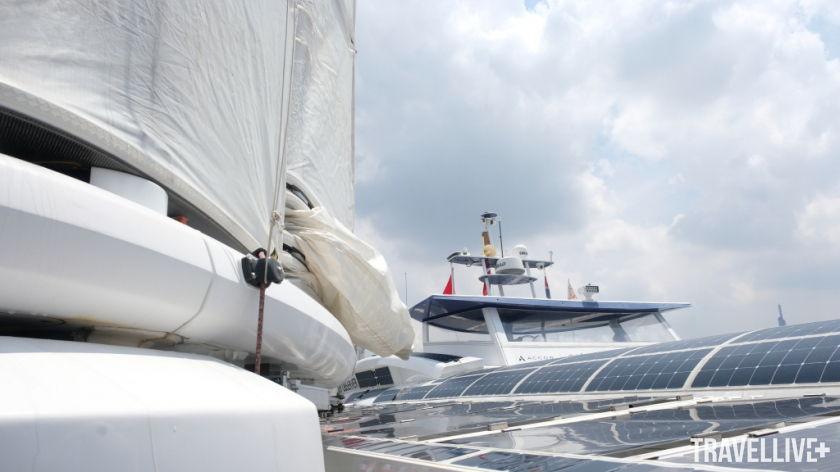
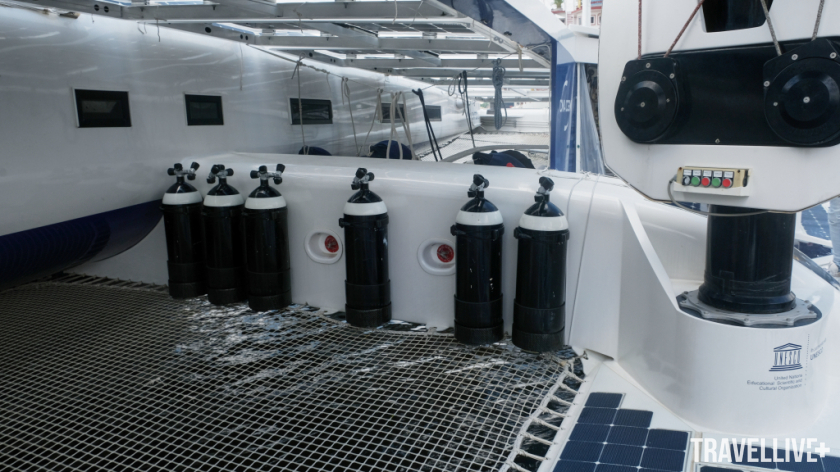
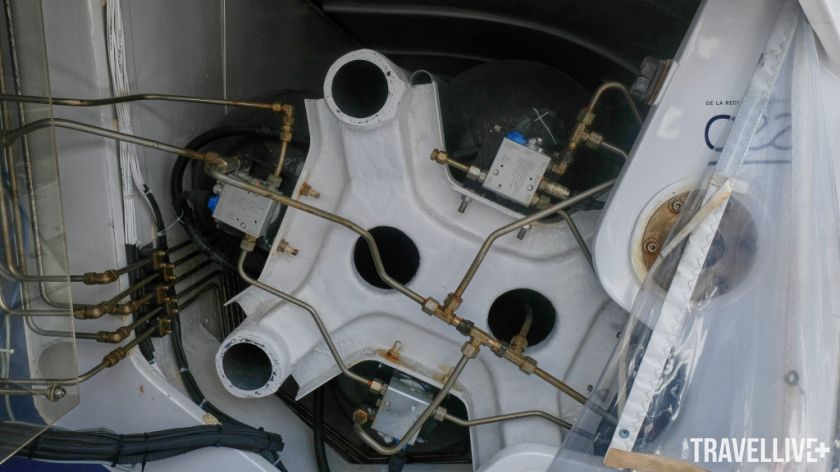
Energy Observer is equipped with two large masts driven by electric motors. The sail system can be raised to help the ship operate when battery power is insufficient. In addition, the ship also has hydrogen gas tanks on both sides of the hull. Hydrogen is produced directly on the ship using seawater as fuel.
According to Beatrice Cordiano, an estimated 1,955,000 ships sail around the world every day. Their emissions account for 3% of the world's emissions. Therefore, maritime transport has a strong impact on global warming. Energy Observer wants to show the world that they can travel continuously without using fuel.
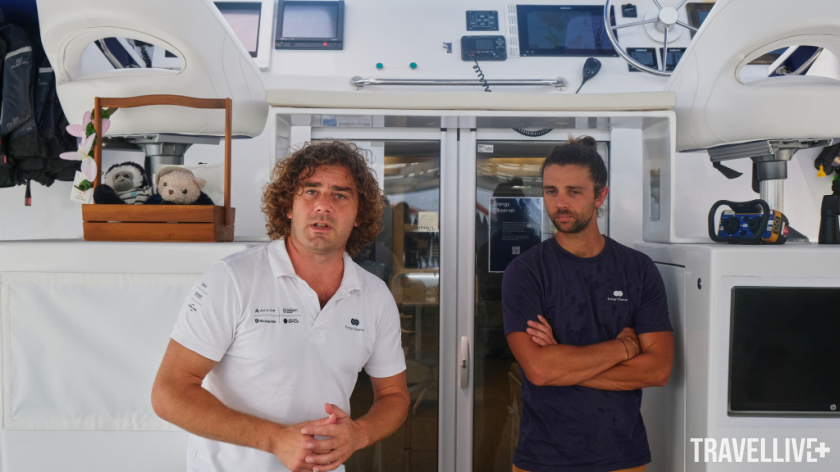
Marin Jarry, the 40-year-old captain, talks to visitors about the ship's mission. He introduces the technology and environmental research the Energy Observer is carrying out.
“The ship uses all three power systems in rotation, so we never run out of power,” Marin told Travellive. He shared that the ship is equipped with a good piloting system to avoid storms, as Energy Observer is difficult to maneuver in adverse weather.
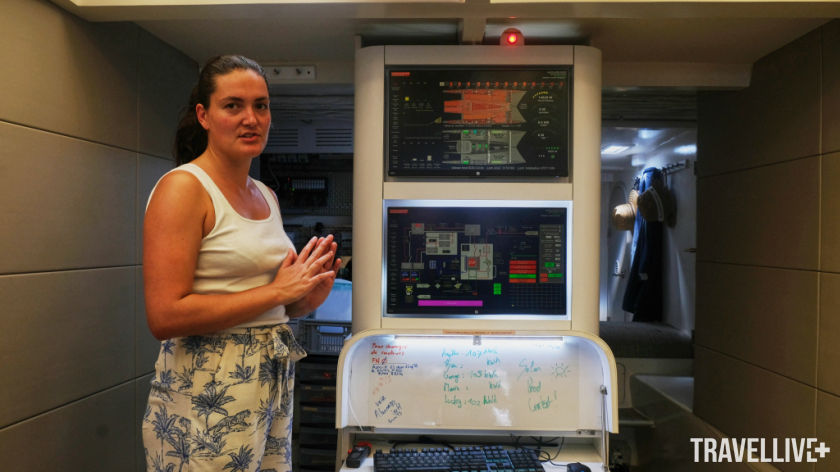
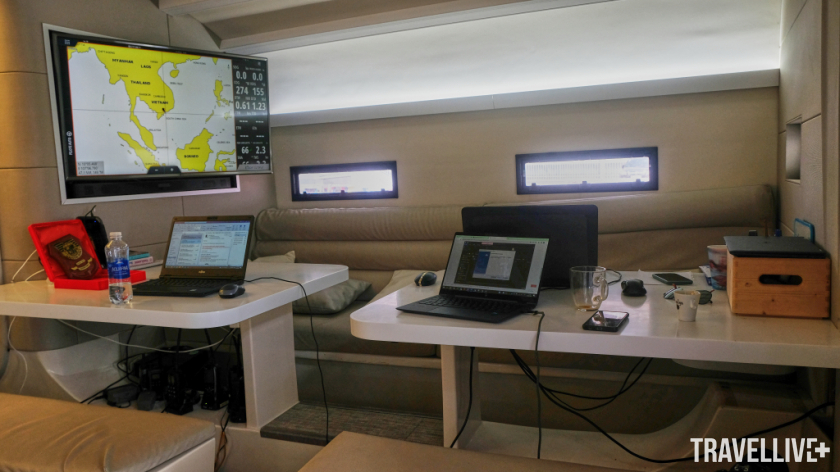
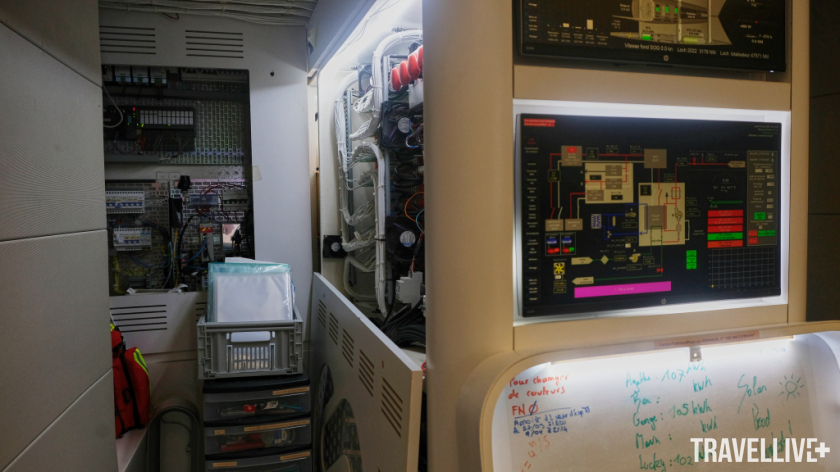
Inside the Energy Obsever is a small kitchen and private bedrooms for the crew. The lower deck is equipped with many modern machines that help in researching and analyzing the surrounding environment. The space inside the ship is enough for about 10 people to live, and is a place for research, operation, and rest for the crew. The ship is also equipped with two refrigerators and a large warehouse.
Captain Marin Jarry explains the ship's hydrogen engine system. With just a few clicks on the computer, the system filters and evaporates the salt in the seawater, then provides energy for the kitchen and electricity on board. Energy Observer uses large capacity batteries to store a lot of solar energy.
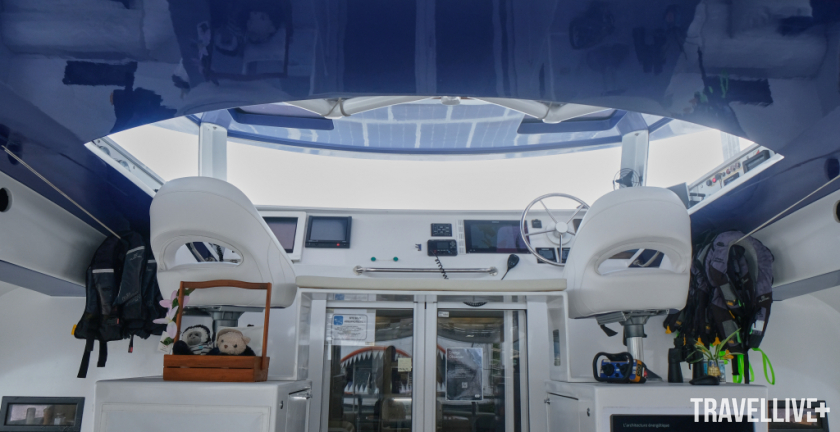
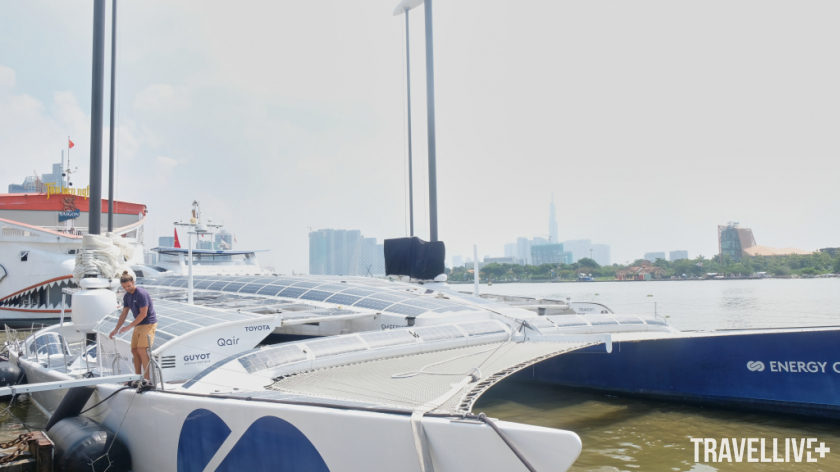
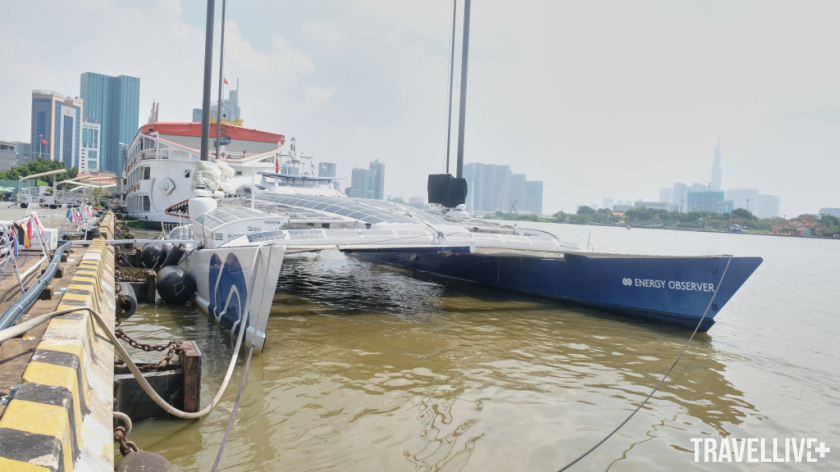
The crew will document issues related to plastic pollution and recycling, UNESCO biosphere reserves, nearshore wind turbines, low-carbon energy and the salinity of the Mekong River. They will also take photos and film documentaries on the impacts of climate change and the environment in Vietnam.





